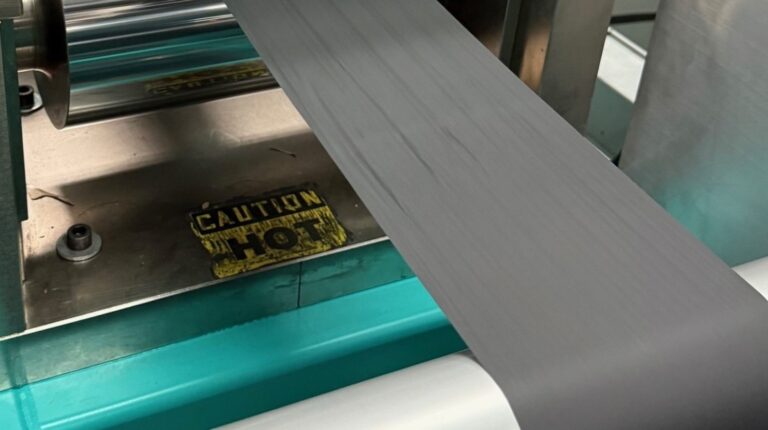LiCap Technologies has successfully developed, installed and completed the Site Acceptance Test (SAT) for its 300MWh roll-to-roll cathode production line (LRPL).
The LRPL project is supported by funding from the California Energy Commission (CEC) and marks a critical milestone in the transition from innovation to large-scale manufacturing.
On July 10, 2025, LiCap successfully produced its first roll of free-standing cathode film, measuring over 500m in length, on the LRPL using its proprietary activated dry electrode technology. The toxic solvent-free process is engineered to deliver higher energy density, significantly lower manufacturing costs and a dramatically reduced environmental footprint compared to conventional electrode manufacturing methods.
“This milestone represents not just technical progress, but a clear demonstration of how public-private collaboration can accelerate the commercialization of breakthrough clean energy technologies,” said Dr Linda Zhong, founder and CEO of LiCAP Technologies. “We are deeply grateful for the CEC’s support and shared commitment to building a resilient, US-based battery supply chain.”
Developed under a CEC-funded initiative to drive innovation in energy storage, the LRPL showcases the scalability of LiCap’s dry electrode process, which applies to lithium-ion, solid-state and sodium-ion battery production.
“The CEC is proud to support pioneering projects like LiCap’s LRPL that contribute to California’s clean energy goals while advancing sustainable manufacturing practices,” said Cammy Peterson, deputy director of energy systems, innovation and strategy at the CEC’s energy research and development division. “Milestones like this underscore the importance of investing in homegrown technologies that strengthen our economy and reduce greenhouse gas emissions.”
In related news, MHP recently developed a DIN SPEC together with Amazon Web Services (AWS) and another partner. The DIN SAE SPEC 91487:2025-08 standards define terms and characteristics for the use of digital twins of batteries in electric vehicles (EVs). Read the full story here


